From Opportunity to Risk: The Contrasting Realities of the Global D2C Boom
Input
Changed
Korean Small Businesses Turn Away from Coupang and Naver, Build Their Own Online Stores Running their own platforms eliminates commission fees and strengthens branding "But not always a success" — Nike lost competitiveness after adopting a D2C strategy
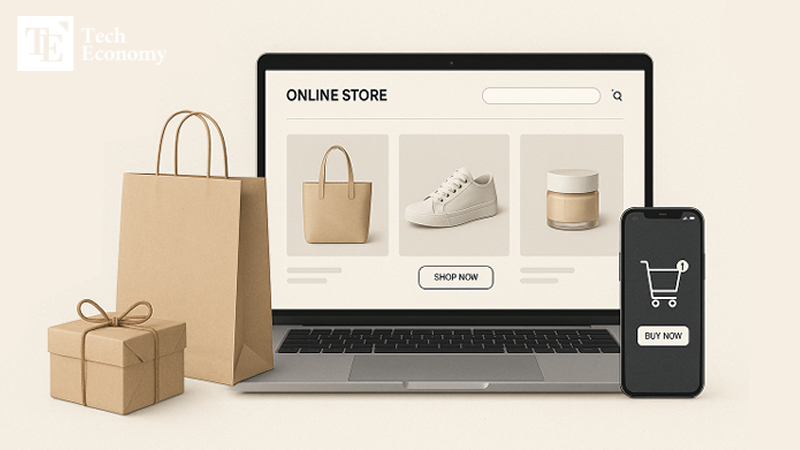
Korean small businesses are reducing their reliance on major e-commerce platforms such as Naver and Coupang. Instead of paying heavy commission fees to sell through these platforms, more entrepreneurs are choosing to operate their own direct-to-consumer (D2C) online stores.
Small Businesses Shift Toward Direct-to-Consumer Stores
According to data released on the 28th by Statistics Korea, transactions at general e-commerce marketplaces in the first half of 2025 fell 2.41% compared with a year earlier. In contrast, transactions at specialized online stores rose about 8.56% over the same period. This reflects the growing number of small businesses opting to run their own direct-to-consumer (D2C) platforms instead of relying on giants like Coupang and Naver.
The rise of independent online stores has been driven largely by advances in technology. In the past, setting up a D2C site in Korea could cost between $7,500 and $75,000, with ongoing monthly maintenance fees adding further strain. Today, however, providers such as Cafe24 and I’m Web have made the process much more affordable. Cafe24 now offers store-building services free of charge, while I’m Web allows businesses to launch their own stores for as little as $7 to $30 per month.
These platforms provide comprehensive support for brand commerce, from store design and product listings to payments and customer relationship management (CRM). They also allow flexible integration with external solutions. This convenience has fueled adoption: the number of new sites created on I’m Web surged by nearly 70% in just two years, rising from 130,000 in 2022, while total transaction volume across client stores more than doubled during the same period, surpassing $4.4 billion.
The Benefits of Running Independent Stores
Another key factor driving demand for D2C stores is the heavy commission burden imposed by major platforms. As of 2024, Coupang charged product fees ranging from 4% to 10.8%, depending on the category. Naver’s Smart Store imposed fees of 1.98% to 3.63%, based on sales tier. By contrast, merchants running their own stores pay no commission on sales.
Building an independent brand is also a major advantage. On large platforms, countless products are displayed side by side, leading to cutthroat price competition that often erodes brand value. Running a D2C site allows sellers to focus solely on strengthening their brand. They can design unique user interfaces and experiences to stand out, or leverage transaction data to run targeted marketing campaigns and secure loyal customers.
Still, few online sellers abandon platforms entirely. For beginners, platforms provide a ready-made infrastructure and large customer base, making it easier to start. As a result, many merchants adopt a hybrid strategy: using platforms to build sales and visibility, then linking customers to their D2C sites. Once the independent store reaches a sufficient scale, some transition to operating primarily on their own.
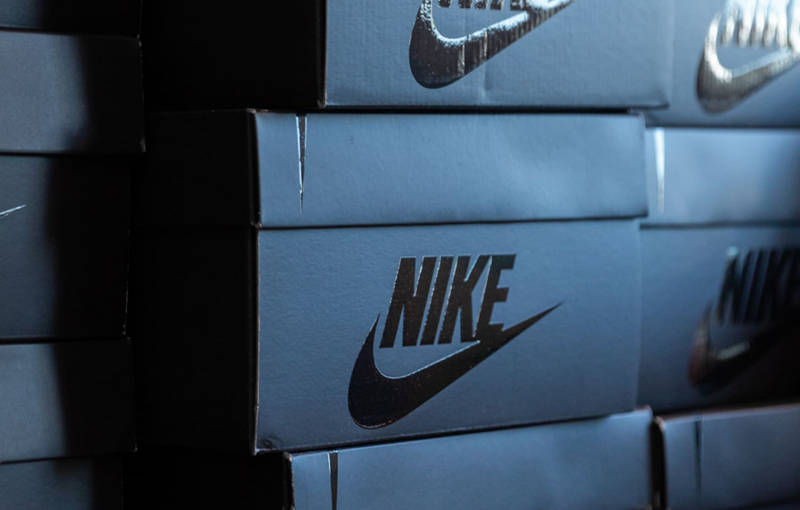
Is D2C Risky if Adopted Too Hastily?
The growing preference for direct-to-consumer (D2C) models is not limited to Korea but evident worldwide. The United States is currently the most developed D2C market. According to Statista and ChannelEngine, the number of U.S. consumers shopping with D2C brands is projected to reach 111 million this year, accounting for roughly 40% of the population. Apparel and accessories lead the market, followed by consumer electronics.
Nike is one of the most prominent examples of a company that expanded aggressively through a D2C strategy. In November 2019, the company stopped selling products on Amazon, the largest e-commerce marketplace in the U.S., and shifted focus to its own website and app. By abandoning guaranteed access to a massive distribution channel, Nike bet on strengthening its direct brand presence. The timing worked in its favor—while the apparel and sports industries struggled during the COVID-19 pandemic, Nike posted strong growth. Between September and November 2020, its revenue rose 9% year over year to $11.2 billion, and operating profit jumped 30% to $1.5 billion. Online sales surged 84% over the same period.
However, the momentum proved short-lived. After Nike’s withdrawal from marketplaces, competitors such as Adidas and New Balance quickly filled the gap in key retail channels. Emerging brands like On Running and Hoka One One also capitalized on Nike’s absence, capturing consumer attention and market share. With reduced exposure in both physical and online retail outlets, Nike products became less visible to shoppers, and its performance steadily weakened. By May this year, Nike announced it would return to Amazon and other platforms.
Commenting on the reversal, one industry analyst noted: “A D2C strategy can backfire if a company fails to secure strong brand loyalty. Without competitive strength and effective strategies to attract customers, the model may end up doing more harm than good.”

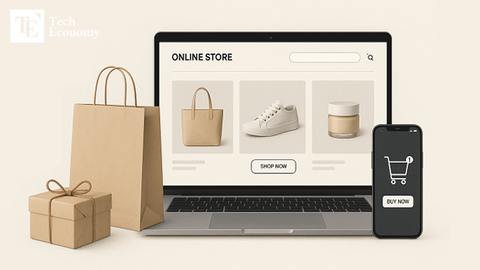

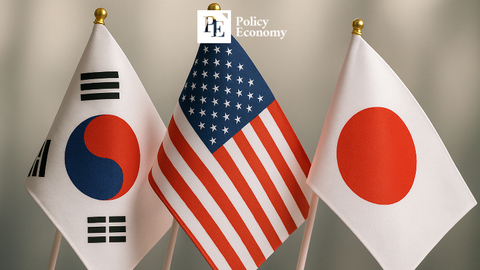


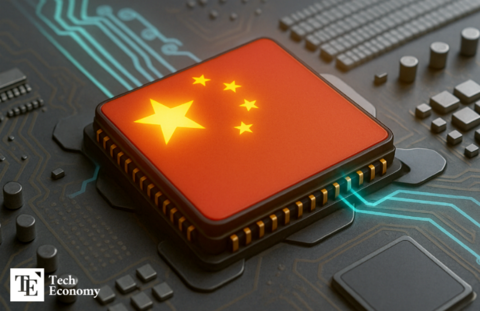
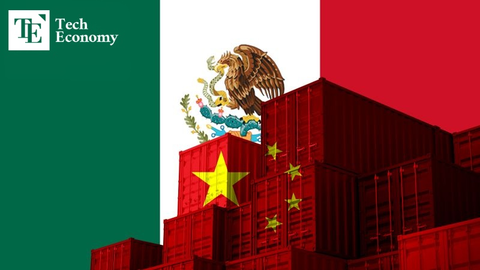
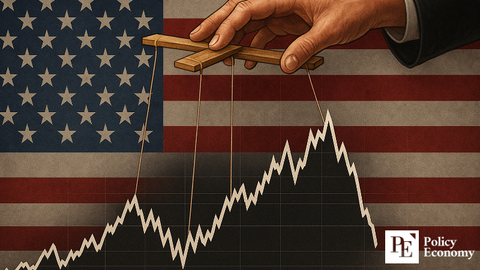













Comment